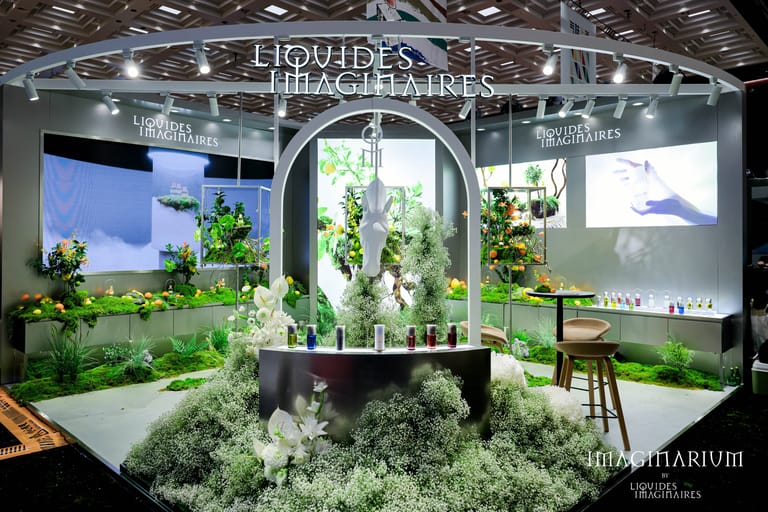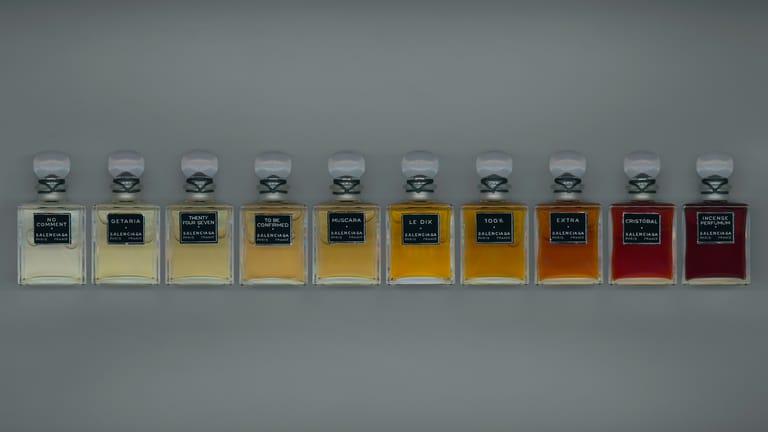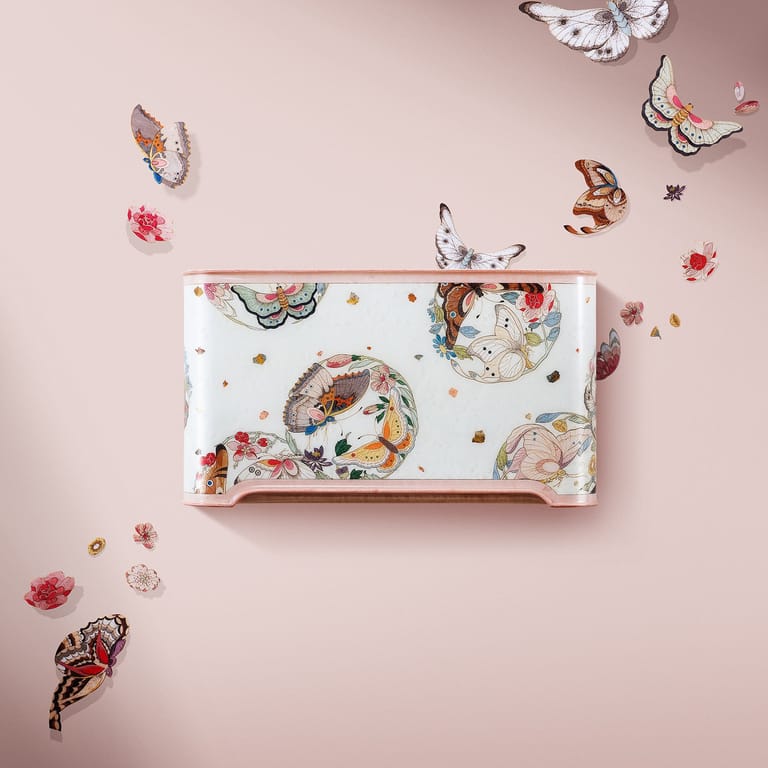Lightbox Closes as De Beers Reclaims Diamond Legacy
By
Huiyan Chen

Published on
May 16, 2025
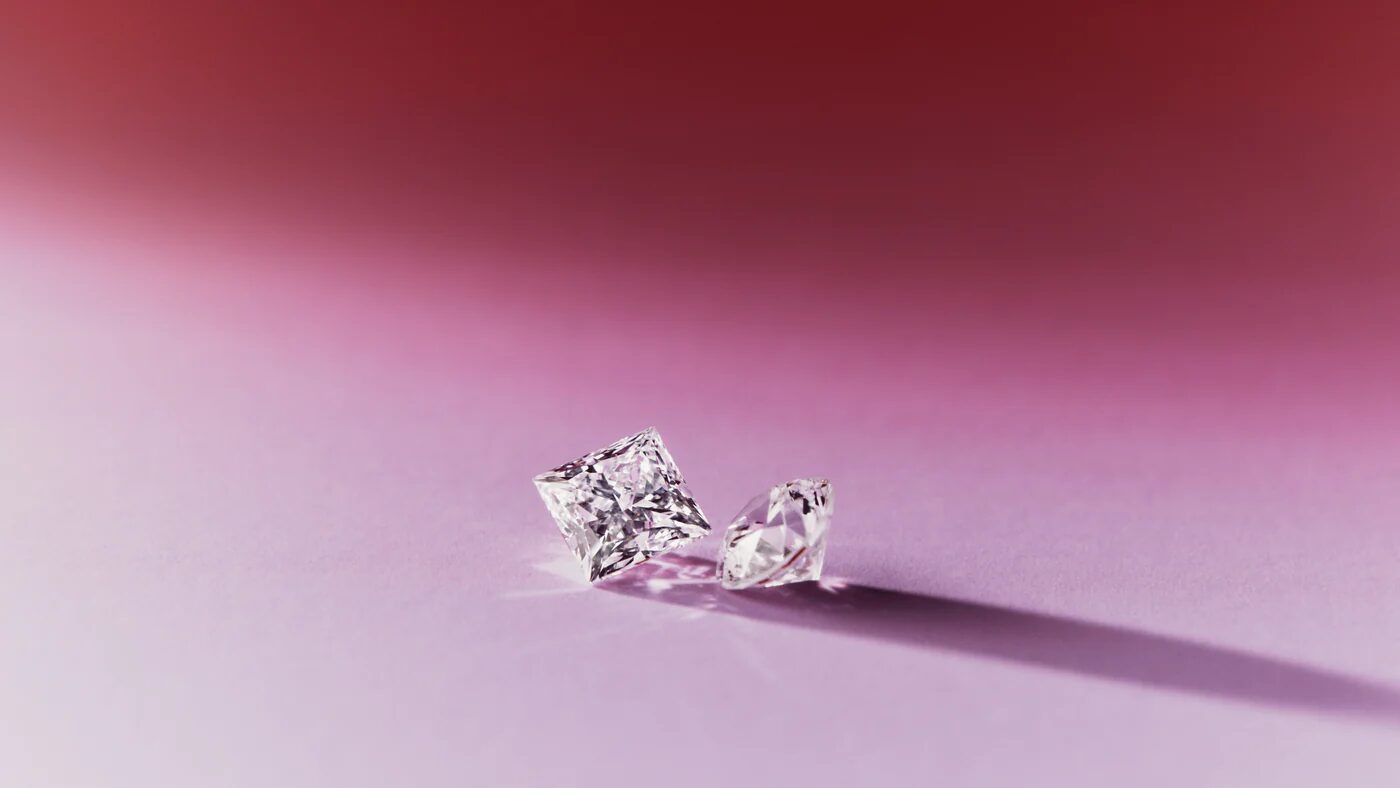
In a major strategic about-face, global diamond titan De Beers has announced the closure of its lab-grown diamond jewelry brand, Lightbox. The group is currently in talks to offload certain Lightbox assets, including inventory, following its earlier decision in June 2024 to halt production of synthetic diamonds.
Launched in 2018, Lightbox entered the market with a disruptive flat-rate pricing strategy—$800 per carat—in a bid to draw a clear line between synthetic and natural stones. But that line has since been blurred. A flood of mass-produced lab-grown diamonds from China’s Henan province and India has sent wholesale prices plummeting by as much as 90 percent, rendering Lightbox’s business model unsustainable.
A Strategic Recalibration Back to Natural Diamonds
The shuttering of Lightbox is more than a reaction to market headwinds—it marks a return to De Beers’ core identity. “The planned closure of Lightbox reflects our commitment to natural diamonds,” said Al Cook, CEO of De Beers Group. What began as a tactical move to delineate lab-grown diamonds ultimately diluted the brand’s positioning and consumer trust in diamond value.
To reassert the rarity and value of natural diamonds, De Beers introduced DiamondProof in February 2025—a verification device capable of chemically identifying whether a diamond is billions of years old and formed deep within the Earth. These moves reflect the company’s broader Origins strategy, unveiled in February 2025, which outlines a four-pronged approach: focusing on high return projects in core upstream assets, midstream technologies, natural diamond retail and synthetic diamond technology solutions. The goal: cut $100 million in costs and streamline the business.
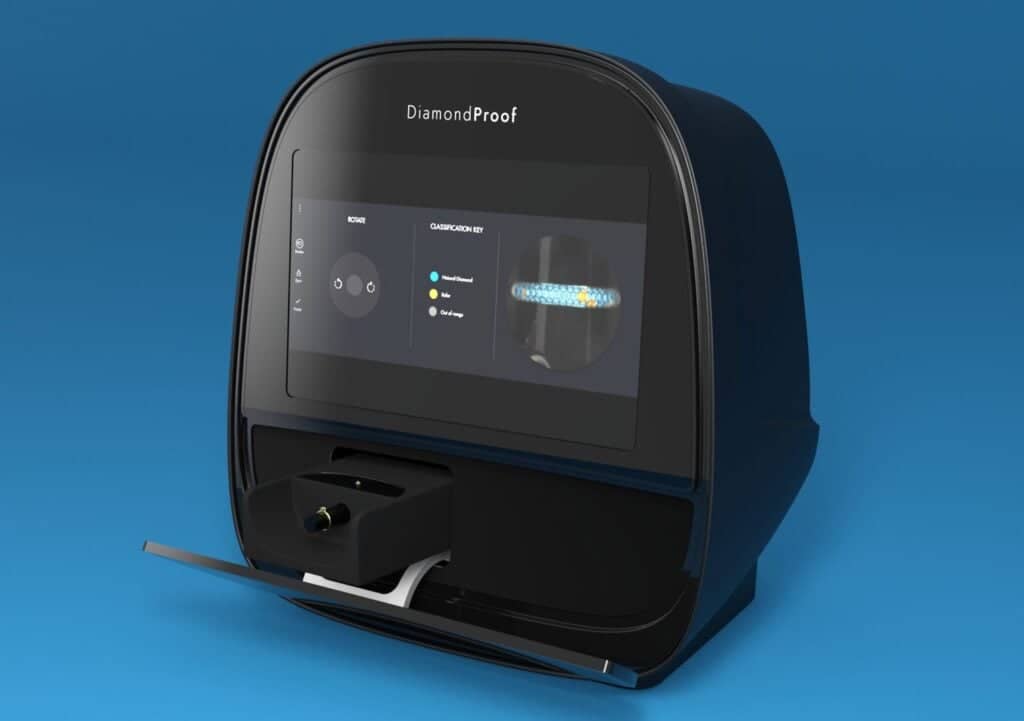
Between Crisis and Repositioning
The shift comes at a critical juncture. According to parent company Anglo American’s Q1 2025 report, De Beers saw diamond production fall 11 percent year-on-year to 6.1 million carats, with sales dropping 3 percent to 4.7 million carats. But the bigger blow was price: the average per-carat price plunged from $201 to $124, driving total revenue down 44 percent to $520 million.
The group is now sitting on $2 billion worth of unsold inventory—the highest since the 2008 financial crisis. To ease this glut, De Beers has reportedly turned to discreet discounting, offering certain buyers 10–20 percent off on rough stones. But this strategy has backfired. The opacity has triggered backlash from full-paying customers, shaking market confidence.
Caught between preserving brand equity and moving unsold stock, De Beers faces a dilemma. Publicly slashing prices could destabilize the market. Yet keeping prices high has already led many buyers to abandon auctions, even after last year’s historic 10–15 percent price cut.
These mounting pressures help explain Anglo American’s push to offload De Beers. As the parent company pivots to focus on copper and iron ore, it is actively exploring options—including a full sale or spinning off De Beers as an independent listed entity.
No Easy Buyers, No Easy Answers
The problem? No one seems eager to buy.
The outlook for natural diamonds is grim. Lab-grown stones—cheaper, scalable, and increasingly accepted—are rapidly cannibalizing the category. In China, where De Beers has long relied on a robust luxury market, a wave of rationalized spending is reshaping behavior. Shoppers, especially younger ones, are trading “forever” for functional, snapping up synthetic alternatives that deliver the look without the markup.
On RedNote, posts tagged “Lab Grown Diamonds” have surpassed 530 million views, many offering tips on buying and comparing man-made gems. At the same time, the contraction of the marriage market is eroding the emotional anchor of diamond consumption. The once-iconic slogan “A diamond is forever” is losing traction.
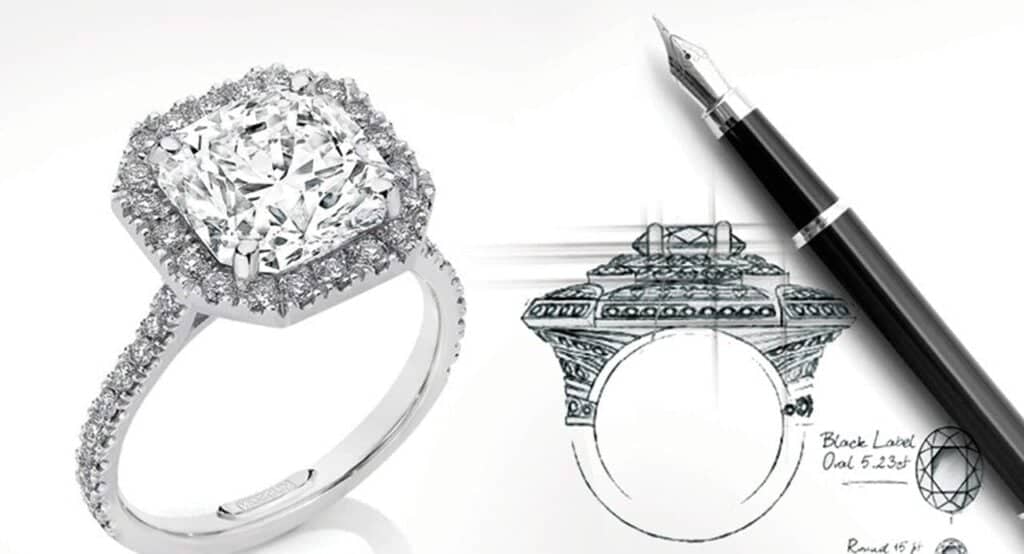
Meanwhile, gold jewelry is experiencing a resurgence. With its dual appeal as adornment and asset, gold is increasingly viewed as a safe investment—a stark contrast to diamonds, which are seen as discretionary purchases. In a tightening economy, consumers are opting for value retention over symbolism.
Whether De Beers manages to find a buyer or goes it alone as a public company, one thing is clear: the brand’s next chapter hinges on more than restructuring. In a world where lab-grown stones are ascendant and narratives around love and luxury are being rewritten, De Beers must find a new story for diamonds—one that resonates with modern values, not just timeless slogans.




